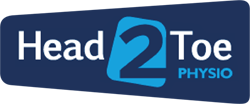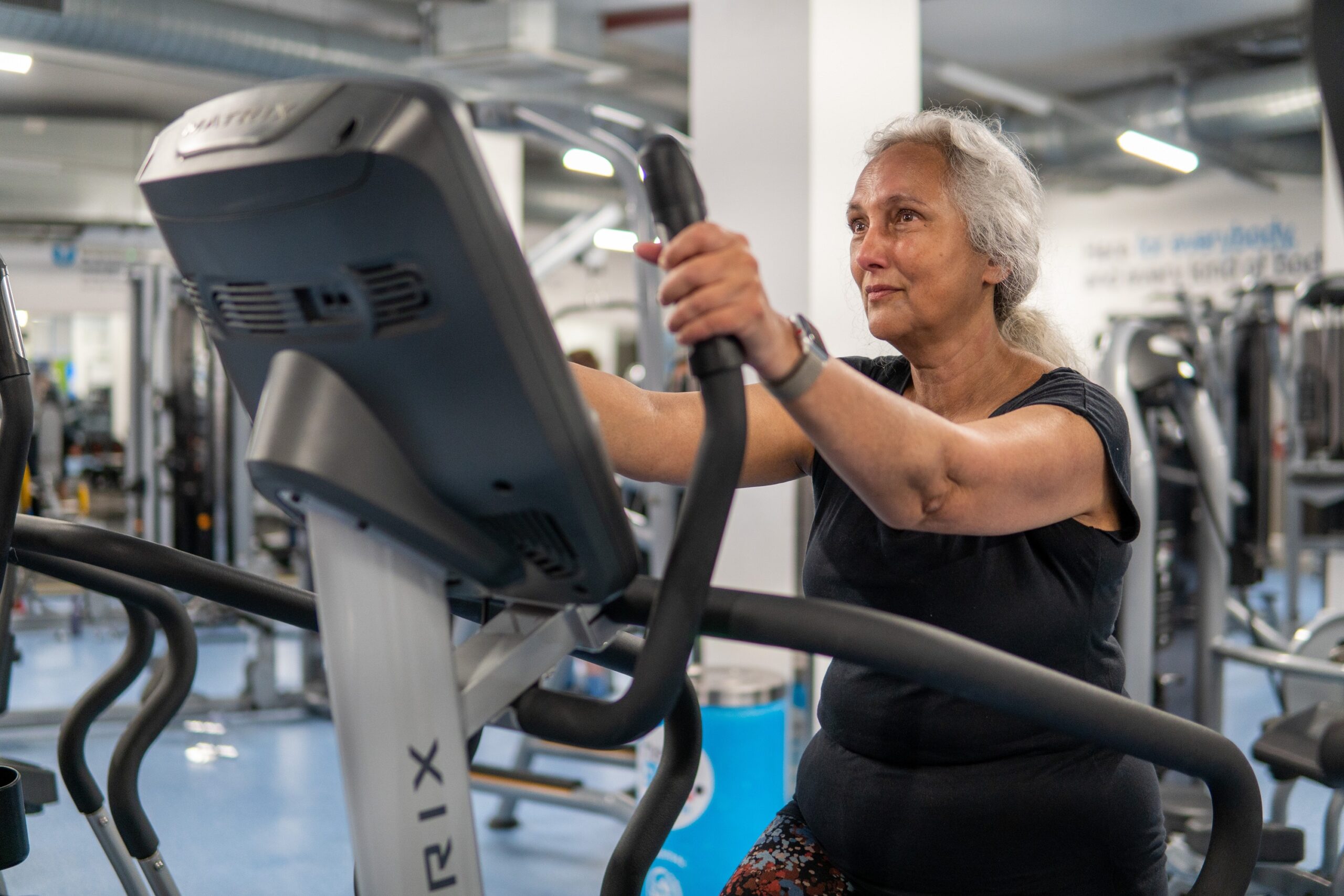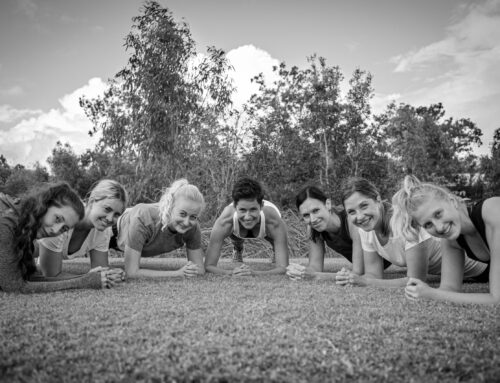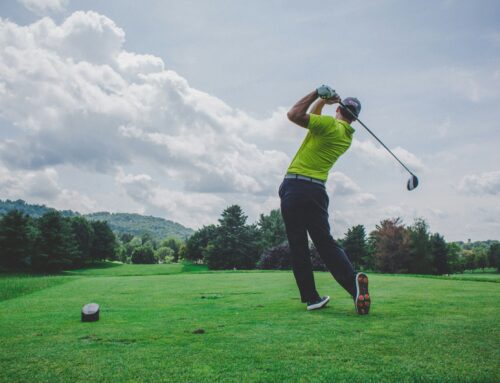Hi, my name is Alex Pembridge. I’m a Chartered and State Registered Physiotherapist and one of the team at Head2Toe Physio. Sam asked me if I wanted to write a piece for the website and I decided I’d like to share some of my thoughts and experiences as a Physio so far. My Physios Osteoarthritis Journey.
Critical thinking and reflecting on your practice are an important part of being a health professional.
Making the step from the NHS into private practice has forced me to think a lot about my own practice. What do I do and why do I do it?
Perhaps the biggest area of reflection has been regarding my treatment of patients with a diagnosis of osteoarthritis.
The Early Days
Whilst working in an NHS outpatient setting, a very high percentage of my caseload was joint based osteoarthritis problems. Normally more elderly patients who had been referred for physio by their GP with Osteoarthritis.
We were encouraged to educate and advise these patients on how to manage their condition. This educational approach was often combined with strongly promoting general exercise. Often the exercise was delivered in classes or groups, presumably because it was seen as the most efficient of both educating and exercising a large number of patients.
Despite my best intentions, exercises seemed very generalised. Sheets of exercises or a one fit for all approach was common. Trying to look at every patient as an individual with their own problems and goals was difficult. Simply from a time point of view, a couple of physio sessions and on to the Osteoarthritis class became the norm.
What’s The problem?
You may be thinking what the issue with this was? It doesn’t sound that much of an issue? (Previously, I would have thought the same).
Classes can be brilliant for patients. Especially where the social aspect of the class can be motivational and if the main goal is to encourage some general exercise in a safe environment.
There were obvious problems though. Classes were not tailored to an individual patient’s needs. Patients almost always have specific problems with specific activities or hobbies. They want to return to them as quickly, safely and hopefully with as little pain as possible.
Instead of using movement patterns relevant to an individual patient’s problem, we were just looking at general strength and pain changes. So often, patients would say, “I think it’s helping, but I still can’t …….(walk, swim, serve at tennis, climb a stile etc)
How do I deal with Osteoarthritis patients now?
After moving full-time to work at Head2toe, I’ve developed a completely new outlook on the way I treat Osteoarthritis patients. I don’t just give, the same, generic exercise programmes or refer straight into local general fitness classes. I have stepped back, and try to always look at the specific goals of a patient. What do they actually want to achieve? Can we use a general exercise approach or do we need to investigate specific problem movements more thoroughly? Can we make changes, reduce pain, strengthen specifically?
For example, it’s not much use to a tennis player with knee pain when serving, that they can now do 10 squats, pain free. If they still can’t serve, it hasn’t really dealt with their issue!
Now, I’ll look at breaking down the movements involved and understand what part is causing the issue. Can we adapt, strengthen or support the knee to allow it to do what it needs to do when serving?
While being at Head2toe I have been able to use hands on techniques with mobilisations and deep tissue massage to give short term relief, alongside a specific, guided programme. I have seen patients who have been unable to bowl a ball, back to playing a whole game pain free. I hadn’t thought that would be possible earlier in my career.
Treating a patient 1 to 1 gives me the opportunity to really understand the patient and their goals, as well as being able to make rehab (I hope with a bit of charm) as enjoyable as possible.
Why The Change?
Moving to work at Head2toe has taught me the importance of reflecting on my work. When is a more focused, individualised treatment approach the right thing to deliver? When is it appropriate to refer those patients into more generalised exercise-based classes?
It’s great to be part of such an enthusiastic and experienced team of Physios. Whilst the support is there to develop professionally, it hasn’t just been the rest of the team pushing each other to learn and develop. The extra time and access to great rehab facilities we get working in private practice is very helpful. Even more so, the high expectations of our patients is a great source of motivation.
We have some of the most inspirational patients come through our clinic doors. It’s taught me more than anything, that a dedicated patient with some high-quality advice and physio rehab, really can achieve great things!
At Head2Toe Physio, we will try and help you work out how to get back doing what you most want to be doing.
Dependent on your specific issues, exercises are often prescribed. A range of manual therapy techniques may also be used to try to help alleviate any pain, to help get you exercising as safely as possible. Techniques used might include massage, joint and soft tissue manipulation, acupuncture, taping and electrotherapy.
All our Physiotherapists are highly qualified, experienced, with a variety of post graduate specialisations. If you or anyone you know would like to have a physiotherapy assessment with the team at Dorking , Leatherhead or Crawley , book online here or contact us here.
Blog post guest written by Alex Pembridge, Physiotherapist, Dorking, Leatherhead, & Crawley Clinics.






